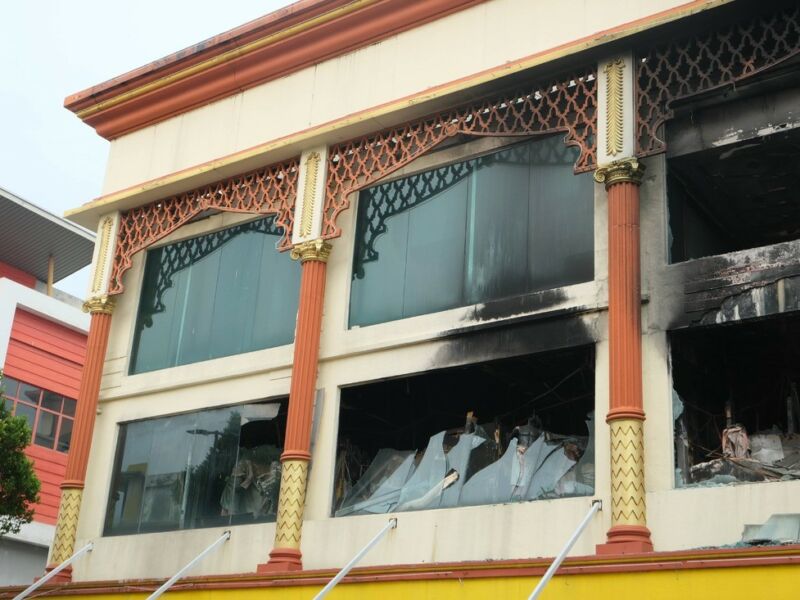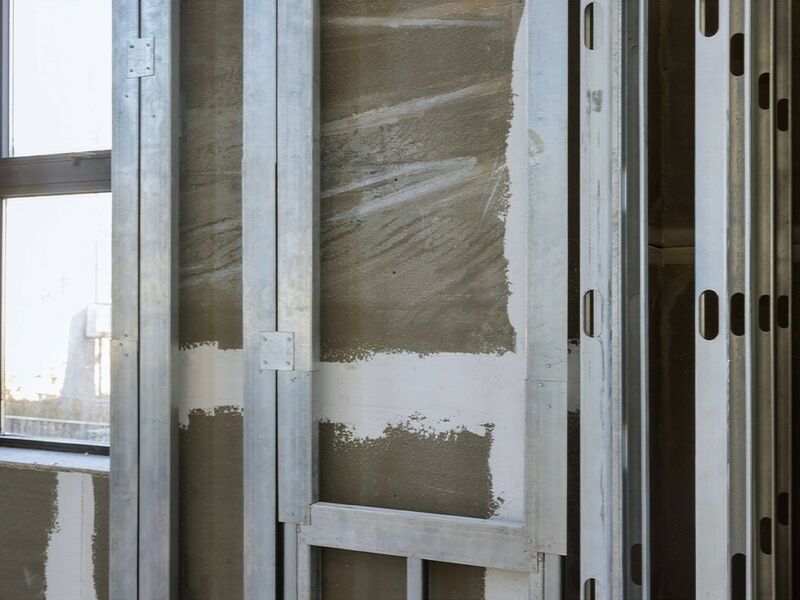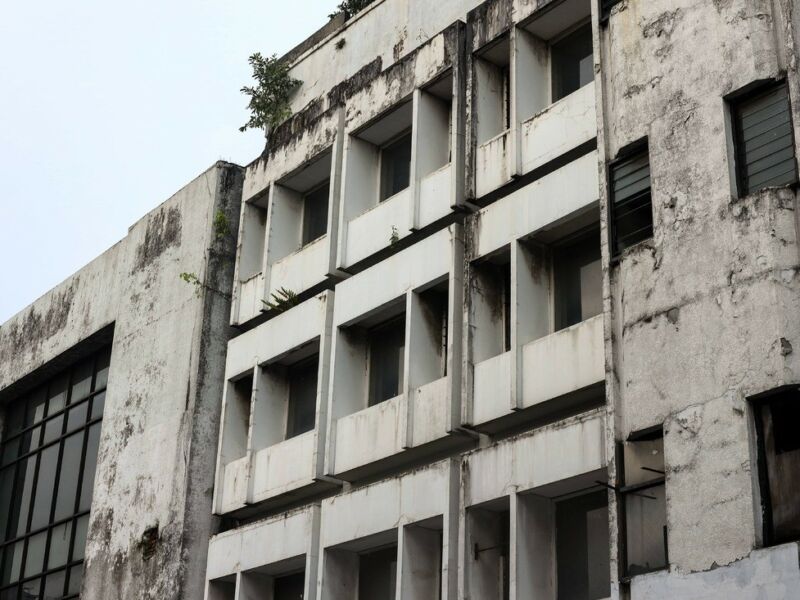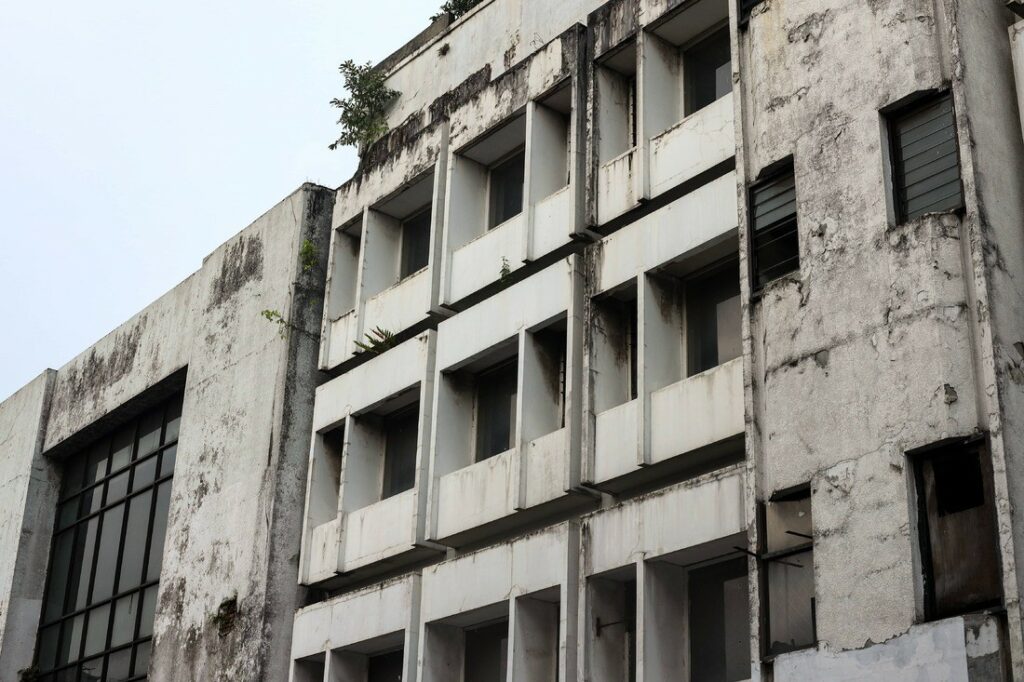
Commercial property damage insurance is an essential coverage for businesses, protecting them against financial losses resulting from damage or destruction of their property. This type of insurance provides coverage for the cost of repairs or replacement of the physical assets owned by the business, such as buildings, equipment, inventory, and furniture. In this comprehensive guide, we will explore everything you need to know about commercial property damage insurance, including coverage options, claims process, and important exclusions.
Understanding Commercial Property Damage Insurance
Commercial property damage insurance is designed to safeguard businesses against unexpected events that cause damage to their physical assets. It provides financial protection for the repair or replacement of the property, ensuring minimal disruption to business operations. This insurance coverage is essential for businesses of all sizes and industries, including retail stores, restaurants, offices, warehouses, and manufacturing facilities.

Types of Commercial Property Damage Coverage
There are several types of commercial property damage coverage available to businesses, each offering different levels of protection. Some common coverage options include:
1. Building Coverage: This type of coverage protects the physical structure of the building, including walls, roof, and fixtures, against damage caused by covered perils such as fire, hailstorm, windstorm, vandalism, and more.
2. Business Personal Property Coverage: This coverage protects the business’s owned or leased equipment, furniture, inventory, and other assets inside the building from damage or loss caused by covered perils.
3. Business Income Coverage: Business income coverage provides reimbursement for lost income and necessary expenses during the period of restoration when the business is temporarily shut down due to covered property damage.

4. Extra Expense Coverage: Extra expense coverage covers the additional costs a business may incur to continue operation during the period of restoration, such as renting temporary office space or equipment.
5. Equipment Breakdown Coverage: This coverage protects against damage to equipment and systems caused by mechanical breakdown, power surges, or operator error.
Claims Process for Commercial Property Damage
In the event of commercial property damage, it is important to act promptly to report the damage and initiate the claims process. Here are the general steps involved:
1. Notify Insurance Provider: Contact your insurance provider as soon as possible to report the damage and initiate the claims process. Provide all necessary details, including the date and cause of the damage, and any relevant documentation such as photographs or police reports.
2. Assess the Damage: An insurance adjuster will be assigned to assess the extent of the damage and determine the coverage available under the policy. They will inspect the property, review any evidence of the damage, and gather documentation to support the claim.
3. Estimate the Cost of Repairs or Replacement: Based on the assessment, the insurance adjuster will estimate the cost of repairs or replacement of the damaged property. This includes accounting for any depreciation or appreciation.
4. Documentation and Proof of Loss: As part of the claims process, you will be required to provide documentation and proof of loss, such as invoices, receipts, and other evidence of the value of the damaged property.
5. Settlement: Once the claims process is completed, the insurance provider will determine the settlement amount based on the coverage provided by the policy. This amount will be paid to the insured to cover the cost of repairs or replacement of the damaged property.
Important Exclusions in Commercial Property Damage Insurance
While commercial property damage insurance provides extensive coverage, it is important to be aware of the exclusions that may limit or exclude coverage for certain events. Some common exclusions include:
1. Flood and Earthquake: Most commercial property damage insurance policies do not cover damage caused by flood or earthquake. Separate policies may be required for these perils.
2. Acts of Terrorism or War: Damage caused by acts of terrorism or war are commonly excluded from commercial property damage insurance policies. Specialized coverage may be available for businesses in high-risk areas.
3. Wear and Tear, and Maintenance Issues: Commercial property damage insurance does not cover damage resulting from wear and tear, faulty maintenance, or the gradual deterioration of property.
4. Intentional Acts: Damage caused intentionally or through illegal activities are typically excluded from coverage.
5. Pollution or Environmental Damage: Commercial property damage insurance generally excludes coverage for pollution or environmental damage caused by the business’s operations.
FAQ
What are the most common perils covered by commercial property damage insurance?
How is the coverage amount determined for commercial property damage insurance?
Are there any ways to lower the cost of commercial property damage insurance?
By understanding the coverage options, claims process, and important exclusions of commercial property damage insurance, businesses can make informed decisions about their insurance needs and ensure they have the necessary protection in place. It is always recommended to consult with an insurance professional to fully understand the specific terms and conditions of your policy.



